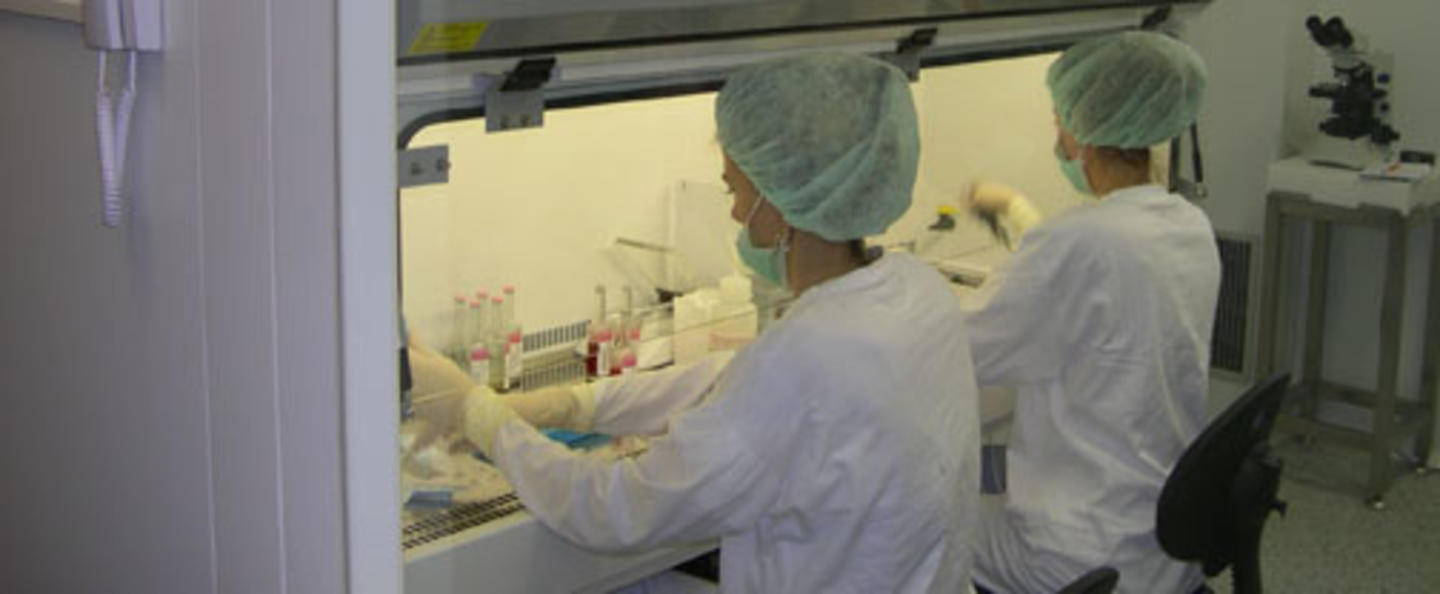“Cord blood is blood found in a baby’s umbilical cord and the placenta. It is medically very important because it contains stem cells,” says Marina Polonska, the genetic biologist in charge of the project, which was supported by a grant of € 346,000 from Iceland Lichtenstein and Norway.
“Cord blood stem cells are important because they can be used instead of bone marrow for various transplants when treating serious diseases such as leukemia and genetical disorders,” she explains.
Life and death
Cord blood has several advantages over bone marrow. For example, the compatibility requirements for cord blood are less strict than those for bone marrow. For patients that are not able to get a potentially life-saving bone marrow transplant due to a lack of a compatible donor, cord blood could be a life saving alternative Another advantage, explains Polonska, is that to get stem cells from cord blood takes less time than bone marrow.
“Even in cases where we have a matching donor, it can take three to four months from the time the decision about a transplant is made, until it actually happens. When using stem cells from cord blood, the same number is two to three weeks. For some patients, this difference can mean the difference between life and death,” explains the biologist.
Saved girl
Life and death was most certainly the issue facing a three months old girl who two years ago received cord blood collected through the Slovak project.
“This girl was suffering from a very severe immunity disorder and without cord blood or bone marrow she would only have survived a couple of more months,” explains Polonska.
“Partly because of the time pressure, her doctor decided on cord blood, and we know for a fact that the cells she actually received came from our blood bank. We also know that today, two years later, this little girl is alive and well,” says the biologist.
Donations
For such happy endings to take place though, parents need to decide to donate their baby’s cord blood to a blood bank. Therefore, increasing the number of cord blood donations was one of project’s goals. That goal was not only met, it was exceeded, explains Polonska
“We got more donations than we expected and ended up adjusting our own donation estimates throughout the course of the project. Although we obviously were very happy about this, it created some problems because we had to train more health personal to be able to handle all the donations.”
Polonska attributes the large number of parents wanting to donate their babies’ cord blood to the project’s publicity-efforts.
“We got a lot of publicity by the media, which helped a lot. In addition, mothers-to-be were informed of the possibility of donating cord blood at various medical checks throughout the pregnancy and from there it spread by word of mouth. For instance, donating cord blood was discussed in different pregnancy chat rooms online,” she explains.
Although the project has now ended, the work it initiated still goes on, according to Polonska. “We are now getting connected to the international database for cord blood. This will make the cord blood we have here available to the wider medical community. Hopefully, this can save even more lives,” she says.
Photo: Eurocord Slovakia
